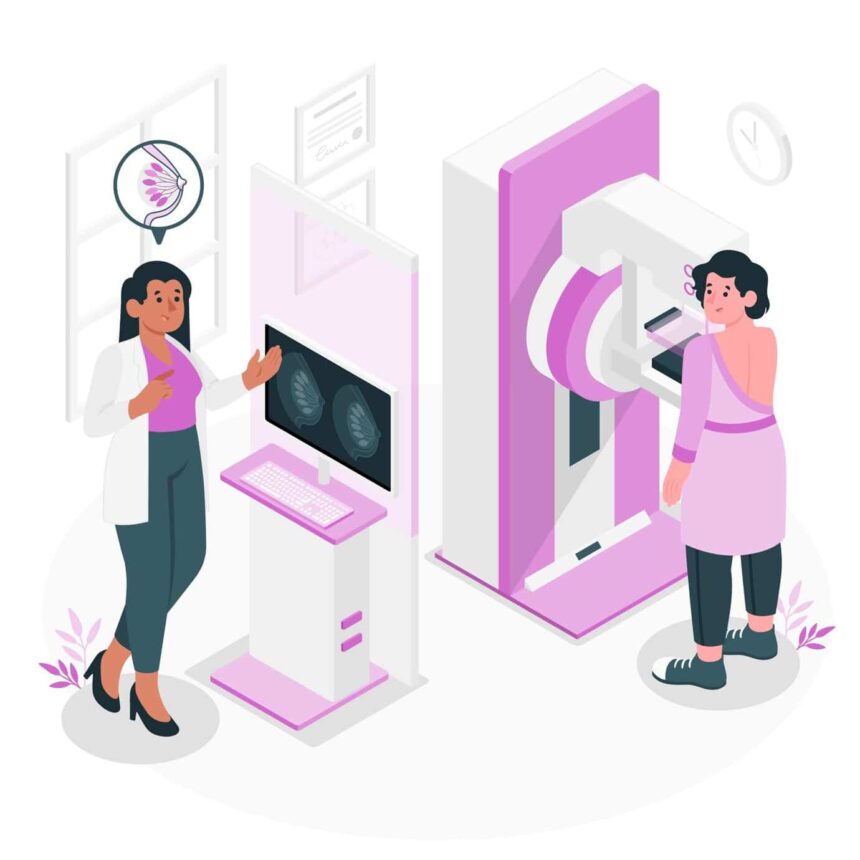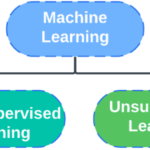
Introduction: Personalized Cancer Screening with Artificial Intelligence
Personalized cancer screening with Artificial Intelligence will revolutionize patient care by early detection and saving lives. There is controversy regarding when and how often mammograms should be performed, even though they are currently the gold standard for breast cancer screening. The supporters of mammograms, for example, argue that mammograms save lives: women in their 60s and 70s who get mammograms are 33 percent less likely to die than those who don’t. Another argument concerns costly and potentially traumatic false positives: A meta-analysis of three randomized trials found a 19 percent over-diagnosis rate from mammography.
Also Read: AI in Drug Discovery
However, despite some saved lives and some over-treatment and over-screening, current guidelines are still catch-alls: Women aged 45 to 54 should have mammograms annually. Individualized screening has long been considered the answer, but tools that leverage data troves to accomplish this are scarce.
Source: YouTube
The MIT Computer Science and Artificial Intelligence Laboratory (CSAIL) and Jameel Clinic for Machine Learning and Health wondered: Can machine learning provide personalized health screening?
Also Read: Artificial Intelligence in Healthcare.
This led to a technology called Tempo, for personalized cancer screening with artificial intelligence, which helps create screening guidelines based on risk. Tempo may recommend that a patient return for a mammogram at a specific time point in the future, such as in six months or three years, based on an AI-based risk model. By adapting a Tempo policy to a wide range of possible screening preferences, clinicians can choose between early detection and screening cost without having to train on new policies.
Source: YouTube
To predict a patient’s follow-up, Tempo uses reinforcement learning, a machine learning technique widely used in games like Chess and Go.
Also Read: How Can RPA Help In Healthcare?
For the training data, the patient’s risk was only calculated at the time the mammogram was taken (that is, when she was 50, or 55). In order to assess the patient’s risk at intermediate points, the team designed its algorithm to learn the patient’s risk from their observed screenings, which evolved as new mammograms of the patient were obtained.
First, the team trained a neural network to predict future risk assessments based on previous assessments. By simulating the risk-based screening policies, the model can estimate patient risk at unobserved time points. In the second step, they trained the policy (also a neural network) to maximize the reward (for example, the combination of early detection and screening cost) for the retrospective training set. It would be recommended that you schedule the next screen anywhere from six months to three years in the future, in multiples of six months – the standard is one or two years.
Also Read: Impact Of Automation In Healthcare
Imagine Patient A gets her first mammogram and eventually gets diagnosed after four years. In Year Two, there is nothing, so the patients don’t come back for another two years, but then at Year Four, they receive a diagnosis. Since the last screening, it has been two years since a tumor may have grown.
Tempo might have recommended coming back in two years at that first mammogram, Year Zero. If at Year Two it saw that the risk is high, it may have recommended the patient return in six months, and in the best case, it would be detectable. According to the risk profile of the patient, the model dynamically changes the patient’s screening frequency.
Early detection at Tempo is based on a simple metric that assumes cancer can be caught up to 18 months in advance. Tempo outperformed current guidelines under various assumptions (six months, 12 months), but none of these assumptions are perfect, since each tumor has its own characteristics that affect its early detection capability. Following up with a tumor growth model could be an effective way to address this problem, the team suggests.
Also Read: The Impact of Artificial Intelligence in Ophthalmology
Additionally, the screening-cost metric, which counts the total screening volume recommended by Tempo, does not measure false positive risks or additional screening harms.
Personalized screening algorithms can be improved in many ways in the future. One way to refine the guidelines would be to make use of the metrics used to estimate early detection and screening costs based on retrospective data. Future work could separately model the costs and benefits of different screening recommendations, such as MRIs or mammograms, using the Tempo model. It might be possible to recalculate the earliest and latest age at which screening remains cost-effective for a patient with better screening policies.
“Our framework is flexible and can be readily utilized for other diseases, other forms of risk models, and other definitions of early detection benefit or screening cost. We expect the utility of Tempo to continue to improve as risk models and outcome metrics are further refined. We’re excited to work with hospital partners to prospectively study this technology and help us further improve personalized cancer screening,” says Yala.
Also Read: The role of AI in vaccine distribution
Yala wrote the paper on Tempo alongside MIT PhD student Peter G. Mikhael, Fredrik Strand of Karolinska University Hospital, Gigin Lin of Chang Gung Memorial Hospital, Yung-Liang Wan of Chang Gung University, Siddharth Satuluru of Emory University, Thomas Kim of Georgia Tech, Hari Trivedi of Emory University, Imon Banerjee of the Mayo Clinic, Judy Gichoya of the Emory University School of Medicine, Kevin Hughes of MGH, Constance Lehman of MGH, and senior author and MIT Professor Regina Barzilay.
The research is supported by grants from Susan G. Komen, Breast Cancer Research Foundation, Quanta Computing, an Anonymous Foundation, the MIT Jameel-Clinic, Chang Gung Medical Foundation Grant, and by Stockholm Läns Landsting HMT Grant.










